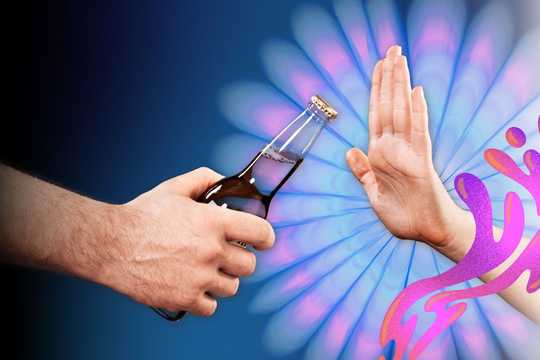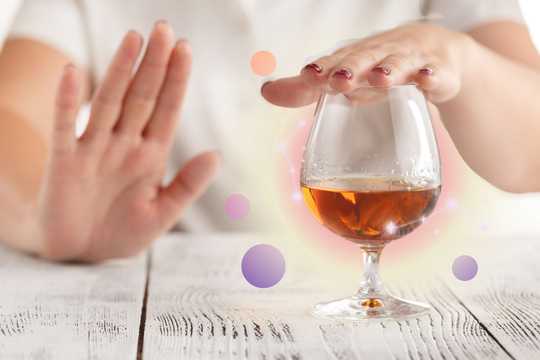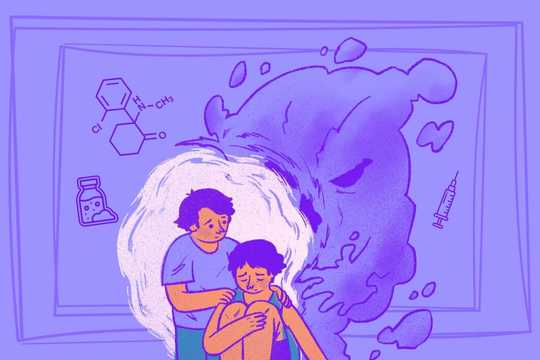Movement is my practice. It is my recreation. My prayer. My coping strategy. My grounding. My release. My connection. One of my favorite ways to integrate big experiences in my life—especially psychedelic or entheogenic experiences—is through movement and dance.
The healing and integrative potential of dance and movement is infinite.
Here I will share some embodiment practices that could be helpful to support your integration process after working with psychedelics.
Quoting Gabrielle Roth, founder of 5 Rhythms movement meditation:
“Put your body in motion and your psyche will heal itself.”
There have been countless times when I feel out of sorts. Even just a few minutes of movement puts me back together again and reminds me who I am. It gives me a place from which I can start fresh.
While this is true for any time I need some reconnection, after an expansive experience, it helps me even more in the integration process.
Movement gets us out of our heads and into our bodies. It moves fluids around, shifting stagnant energy. Movement can also release what has been stuck from the past, and unlock mysteries the mind can’t grasp. Conscious movement is a way to contact, communicate, and connect with the divine spirit. It’s a healing, a connection, an answer, and a release.
Movement in Action
Not only after a peak experience but sometimes even during, it can take us deeper into the healing. And from there, begin the embodiment integration process in real time.
In some psychedelic spaces, you may be able to use movement during your experience which can begin the integration process. For safety reasons, standing up and moving may not be a part of the container or context in some settings. You may be required to sit or lie still.
With permission or encouragement to move, this act can support taking some of those movements from your meditation into this 3-D reality.
Sometimes when we are feeling stuck in our lives, or our meditations, we can begin to move the body. Even from a seated position, movement helps our cells find a different pathway or a purge to come. If we have the capacity to stand and move—even gently, slowly—it can help us get ourselves out of a loop. It can help us bring healing deeper into the body, having all the cells join a part of the ride.
Movement and Emotion
With that concrete feeling of movement, we may be able to call upon that feeling. It can help us call on that muscle memory more easily after the experience to continue the healing. Once we are no longer in those psychedelic spaces, we can revisit movement to help us in the integration process.
For example, think about the last psychedelic journey you had. Was there a certain moment or feeling that you can still connect with? If you have a poignant moment from your journey, try to recall a posture you were holding at the time. You can then start your dance from that posture and see how it wants to move. You can see what it may have to share with you.
If you can recall that feeling, can you gently move your body while feeling that emotion or feeling? Was there a vision or a character that you saw? Can you take the shape of who or what you saw? And then, can you begin to move from that place to understand more of what that being was showing you?
What this does is help you reconnect so you can continue with the healing or teaching from your entheogenic meditation journey. So that you can bring it into your experience in this lived reality.
Movement as Support
If the experience was big and you’re feeling a sense of overwhelm, try putting on some gentle music to calm and nourish the nervous system, and help it to settle.
Turn on a sweet medicine song that was heard in the journey space, or some piano or slow, ambient music. Whatever helps you to feel calm and also moves you. Then, just begin to sway, allowing yourself to slowly move a limb, a hand, a foot, a leg. Letting it move to the music. Moving with any music that feels good to you will be of support. Maybe some of the Icaros or medicine songs that brought goodness into your psychedelic meditation journeys can be utilized.
Before a journey, a similar type of movement may help to open your body to the experience. It can help you let go of anxiety or nervousness and open your heart, mind, and body to the medicine.
If you are still feeling like there is energy that won’t leave you, a gentle shaking to let go of what’s still stuck can be helpful. Begin with a shaking of a hand, and let it travel to your elbow. And then, the whole arm, and eventually around the whole body. This can remain a gentle shaking, or it can build in intensity as it feels best to you, your body, and your nervous system.
Movement and Challenge
If you have a witness, a safe space, or an integration support provider, you may even be able to revisit some of the harder moments. That support can bring with it softness and lightness to smooth out the rough spots.
In my practice, I have supported clients in this space. I’ve tenderly held the places where traumas are stored and difficult memories are recalled. I’ve been a companion for them in the dark places.
Every new movement of a limb or muscle is a new pathway—once you change a limb, the thought, and action, changes. For example, moving your arms in a circle may symbolize a particular thought or way of being. Interrupting that cycle and beginning to move them in a horizontal direction gives your neural pathways another way to follow.
Janina Fisher and Pat Ogden speak of neuroplasticity or the brain’s ability to adapt throughout life:
“Repetition of old, habitual thoughts, feelings, body sensations, and movements won’t change the brain, but will only reinforce established neural networks and behaviors. To change the brain, something new has to happen: we must interrupt and inhibit rigid patterns, and experiment with new kinds and amounts of sensory stimulation.”(1)
Movement allows the experience to circulate through your cells, educating and informing them how to be. This may be creating new patterns that were discovered in your journeys. Or, possibly helping to make sense of the ineffable moments not yet understood on a cognitive or verbal level.
If there is a ‘new me’ that I’m incorporating—as I dance—it allows that person to take shape, to come alive.
These are just a few ways that I have tried. See what works for you. And feel free to keep in touch—I’d love to know what works for you or if you might have any questions.
Follow your Curiosity
Sign up to receive our free psychedelic courses, 45 page eBook, and special offers delivered to your inbox.References
- Fisher, J. & Ogden, P. (2011, March). Retraining the Brain: Harnessing our Neuralplasticity. Psychotherapy Networker, https://janinafisher.com/pdfs/neuralplasticity.pdf.







